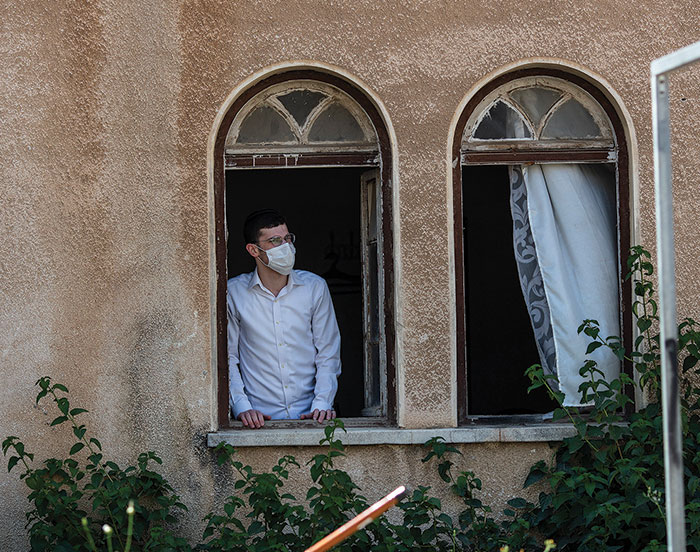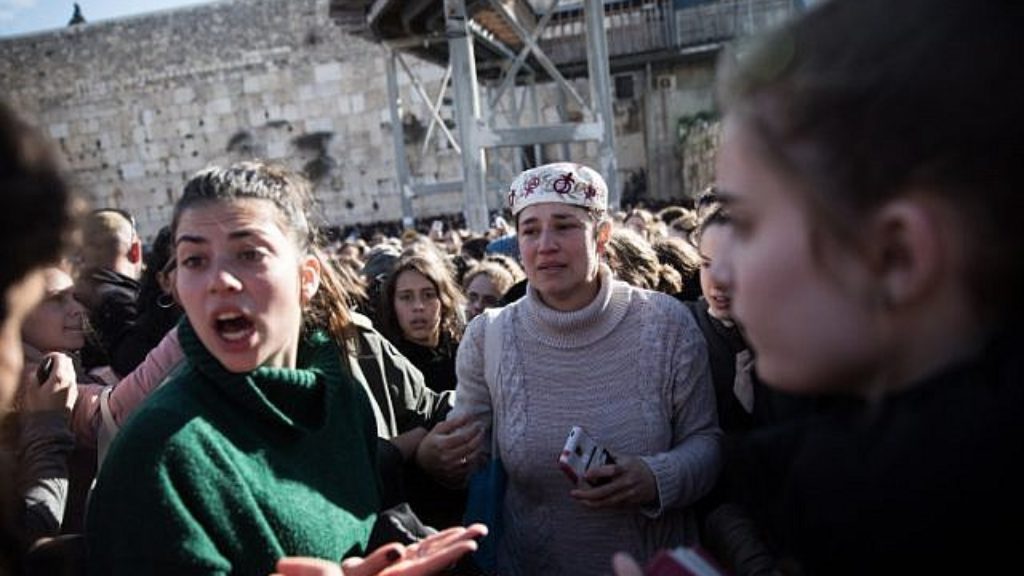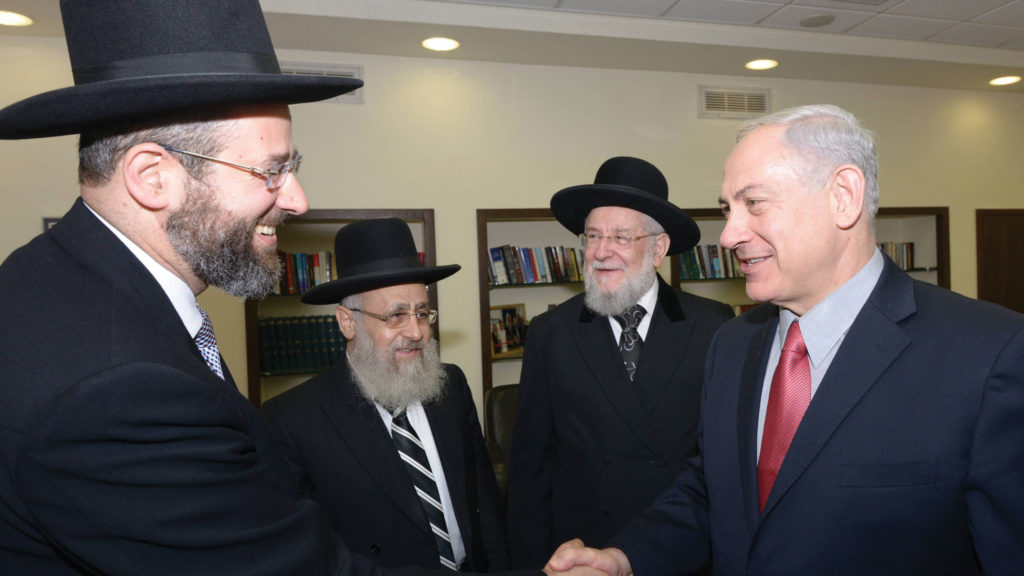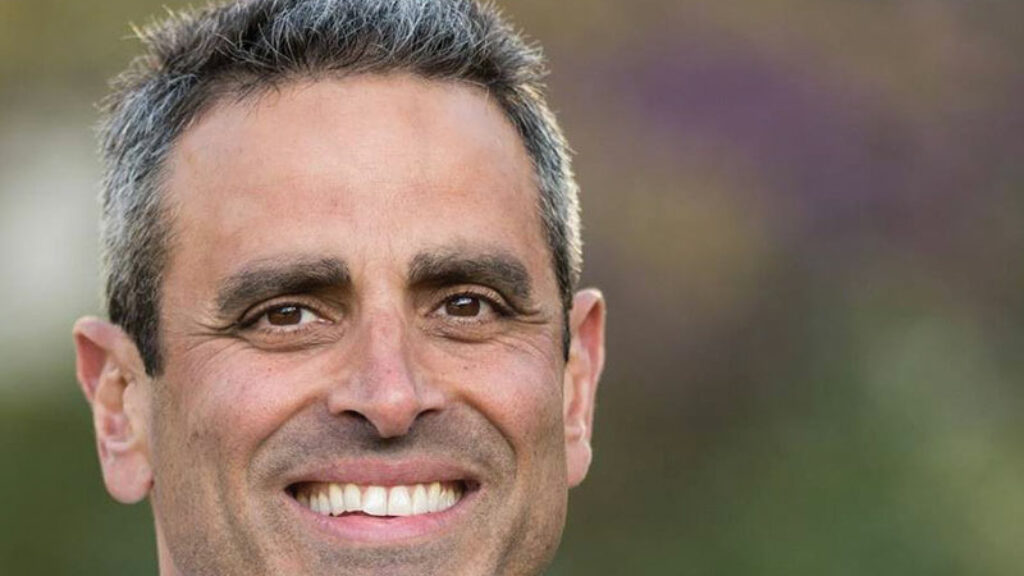Haredim and COVID-19: Tenants or Landlords?
In his admirably frank essay, “Holiness and Public Policy: The Haredi Response to COVID-19,” Rabbi Yehoshua Pfeffer argues that the ongoing health crisis has exposed the failure of haredi leaders to grasp the difference between rabbinic rulings and public policy. Given that haredi politicians (including the minister of health!) found themselves following the uninformed edicts of nonagenarian rabbis rather than legally binding governmental decisions, resulting, as Pfeffer notes, in a disproportionate number of deaths in their own community, this is certainly true. However, we don’t think that the haredi failure to understand public policy, which Pfeffer points out, gets to the bottom of the matter.

The pandemic exposed a deep sociopolitical paradox: haredim in Israel continue to think like tenants, but they have long since become landlords. Whereas the haredi community used to be a small, tolerated community focused on its own needs in its negotiations with the state, it has now become a key part of that state, while still regarding itself as essentially a supplicant.
In stark contrast to ultra-Orthodox communities in the diaspora, who can still regard themselves as essentially strangers in a strange land, haredi Israelis now manage an ideologically fraught relationship with a government of which they form a key part. Understanding how public policy is formulated and implemented is a good idea, but it won’t solve this conundrum. As we weather the whirlwind of Israel’s second wave of COVID-19, it is worth considering the bind that the Israeli haredi leadership finds itself in and whether it can respond differently this time. Writing earlier this summer, Pfeffer suggested in his article that after its initial failure to take public health measures seriously, the haredi community was one of the most compliant sectors of Israeli society. This has not lasted. As we write in early August, Israel is still in an uproar over the recent Belzer wedding attended by several thousand (!) people.
One of the core issues of the Zionist project has been how to respond to the haredi rejection of, or at best ambivalence towards, the modern nation-state of Israel and the ideals that animate it. Pfeffer provocatively describes the practical effect of this rejection as one in which haredi communities act as “a state within a state.” This aptly describes the episode in which Rabbi Chaim Kanievsky effectively overruled the Ministry of Health’s official policy on school closings.
At one level, the reality that haredi Israelis are a critical partner of the Israeli political Right and are deeply embedded within Israel’s state institutions has created a de facto acceptance of governmental sovereignty and legitimacy within the haredi world. And yet, when the pandemic hit, the depth of that acceptance became less clear. Take the case of Ya’akov Litzman, the head of the Agudat Israel and recent veteran minister of health after a decade in the position. Litzman was torn between the state rulings and the order given by Rabbi Kanievsky to keep religious institutions open. In fact, Litzman is one of two senior haredi ministers, the other being Minister of the Interior Aryeh Deri, who fought within the cabinet to keep synagogues open for as long as possible.
As full cabinet ministers, Litzman and Deri are charged with carrying cabinet responsibility for all the decisions of the Israeli government. Yet, for the first two critical weeks of the COVID-19 crisis, they and their colleagues failed to effectively mediate between the government’s entirely legal and wholly rational response and the haredi leadership’s reluctance to accept such restrictions despite the health crisis developing within their communities.
To be clear, the tenant/landlord paradigm has been implicitly endorsed by successive Israeli governments in return for a tacit agreement on the part of haredi leadership to focus their political energies on internal community matters, specifically the funding of yeshivot and the exemption of their students from military service. And yet, as the community has grown, so, inevitably, has both its needs and its political power. As Pfeffer notes, haredi Israelis are far from a uniform religious or cultural bloc, politically they act in virtual unison. Over 90 percent of the more than one million haredi Israelis vote for ultra-Orthodox parties. Indeed, every election campaign run by United Torah Judaism (UTJ) and Shas stresses that voting is a way to serve God. However, every increase in influence and state power pushes the haredi leadership further on a collision course with its own ideology.
The COVID-19 crisis brought the fundamental weakness of this political arrangement into high—and tragic—relief. Despite the presence of haredi politicians in the government, and even within the Ministry of Health, the government did not manage to convey the seriousness of the public health crisis to the haredi community. As for the “state within a state,” haredi municipal leaders were eventually forced to hand over effective control of their towns and cities to the army to enforce public health policy.
Of course, no one has suffered more from all of this than the haredi communities themselves, physically, economically, and socially (they are now regarded with even more suspicion and hostility than previously by their fellow citizens). As the haredi leadership emerges from this crisis, it faces a series of hard decisions that will force it to decide whether the dual identity of tenant and landlord in the State of Israel is sustainable.
Editor’s Note: Yehoshua Pfeffer’s rejoinder to Yossi Shain and Daniel Goodman can be read here.
Suggested Reading

Ungoverning the Western Wall
After more ugly clashes at the Western Wall, two Israeli political scientists make a radical proposal.

Fathers & Sons
This summer, as the current Askhenazi chief rabbi was being investigated for corruption, and issues of religion and state dominated public debate, new Ashkenazi and Sephardi chief rabbis were elected. The process was messy, complicated, and ugly. The result? Sixty-eight votes apiece for the sons of two previous chief rabbis. What does a broken rabbinate mean for Israel?

Exit, Loyalty … Crowdsource?
It is a bit of a surprise to open a big-think policy book on the fate of the Jewish people and read a Jason Bourne scene with a prep-school payoff, but Tal Keinan is entitled to it.
The Rock from Which They Were Cleft
In the past few years, MK Rabbi Haim Amsalem has become more of a controversial figure in his own community, not to mention the Shas party he represents, than outside of it. In two monumental works of Jewish law, he seeks to impact the future not only of that community, but of Israel's Russian immigrants.
Comments
You must log in to comment Log In